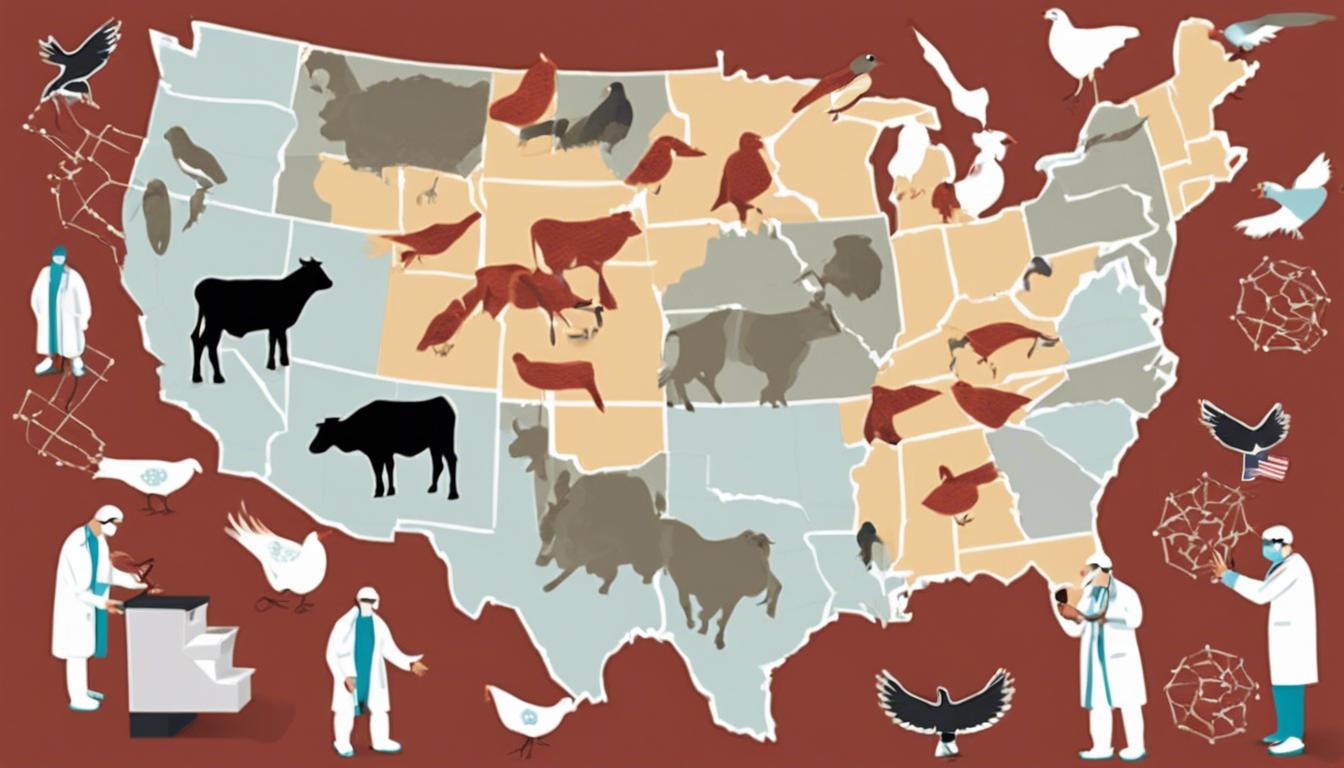Bird flu has been found in cattle across eight U.S. states, prompting new testing protocols and increasing concerns about the virus’s potential mutation and impact on public health.
Bird flu has been identified in 33 cattle herds across eight U.S. states, raising concerns about the virus’s potential impact on public health. This development, particularly since bird flu is typically known to affect birds, represents a significant surprise and has led to increased vigilance among health and agricultural bodies. Scientists worry that if the virus—currently not posing high risk to humans—mutates, it could lead to a pandemic.
In a move to monitor and manage the spread of the Type A H5N1 virus, UK agriculture officials now require dairy cattle to be tested for bird flu before interstate movement. This follows the detection of the virus in milk samples, although it poses no known risk to human health or the milk supply. This requirement builds on previous protocols that were limited to voluntary testing of symptomatic cattle. The federal government’s strategy aims to better understand the spread through active surveillance measures.
The first cases in dairy cows were detected in March, affecting major commercial flocks, with subsequent necessary culling or natural deaths of affected birds. The response includes enhanced surveillance, bi-security measures, and rapid response protocols to prevent potential human transmission, with the Centers for Disease Control and Prevention keeping a close watch over developments.
Besides the health scare in the U.S., public health advancements in Africa highlight the power of vaccinations in combating infectious diseases. Over the last 50 years, vaccines have prevented approximately 50 million deaths, tackling diseases such as measles, meningitis, and polio, dramatically improving health outcomes across the continent. The World Health Organization emphasizes the importance of sustained investment in vaccination programs to maintain these gains and to expand vaccine equity.
In conclusion, the ongoing bird flu situation in the U.S. serves as part of a broader context of global health challenges and successes, underscoring the constant need for preparedness, surveillance, and international cooperation in health matters.













